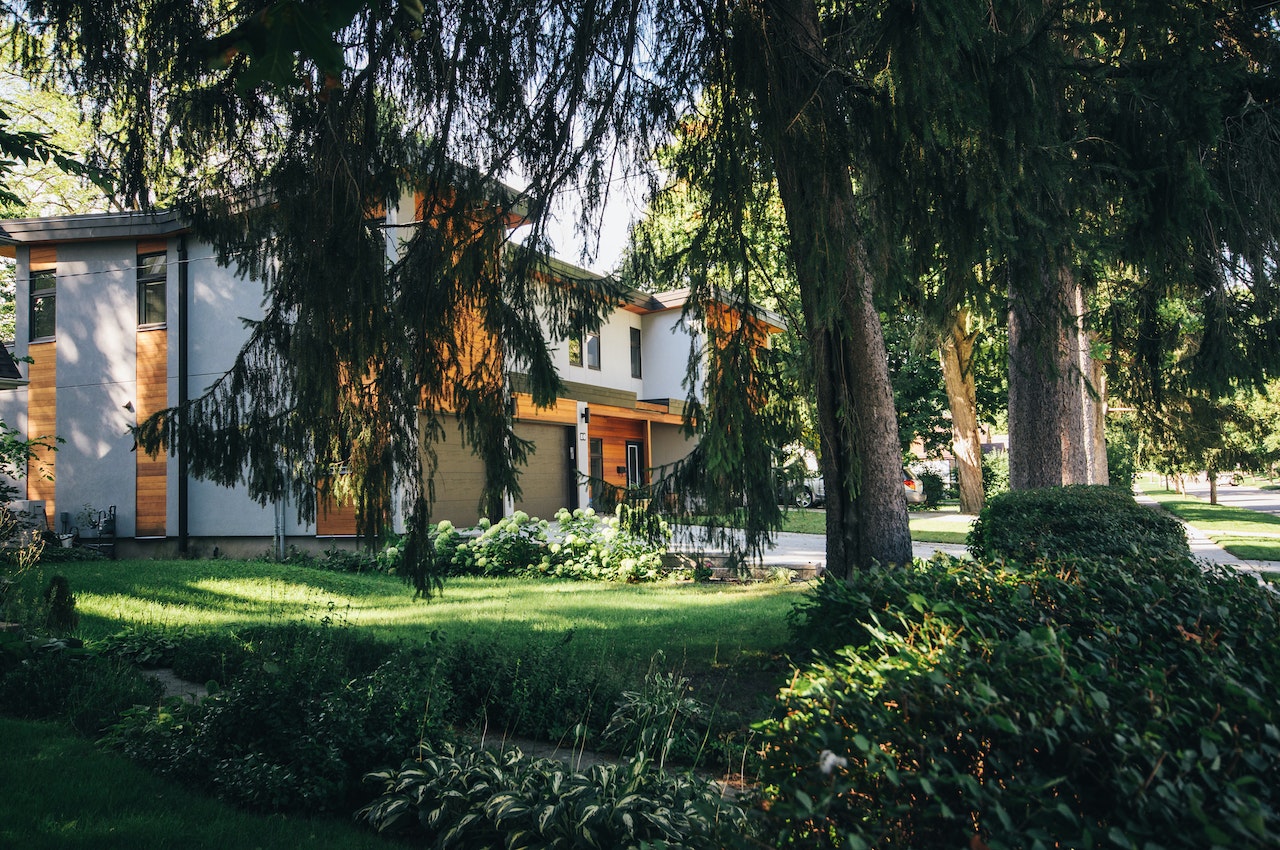

Question: How Do You Evaluate the Location of a House?
Answer: Evaluating the location of a house involves considering factors such as proximity to amenities, schools, transportation, safety, neighborhood desirability, future development plans, and overall market demand in the area.
Evaluating Neighborhoods and Property Locations
A house’s location is often its most critical factor. It determines both its value and desirability. A property’s location impacts everything. This includes its resale potential. It also affects residents’ quality of life. This article explores how to evaluate a house’s location. We cover essential factors to consider. We also discuss their potential impact on property value and appeal.
Proximity to Amenities
Access to amenities is crucial when evaluating a property’s location. Prospective homeowners should consider these factors:
-
Schools:
Families with children prioritize quality schools. Research local schools’ ratings and reputations. Determine their suitability. -
Shopping and dining:
Easy access to shops, restaurants, and entertainment makes a location desirable. It offers convenience. -
Medical facilities:
Proximity to hospitals and clinics is vital. It addresses healthcare needs and emergencies. -
Parks and recreational facilities:
Green spaces and playgrounds enhance appeal. They provide opportunities for outdoor activities. They also encourage socializing. -
Public transportation:
Access to public transportation is essential for commuters. It benefits those who prefer not to drive. Evaluate availability of buses or trains.
Visit this page to find out more about what your house is worth
Related Article: What Should Be Included in an Evaluation?
Related Article: How Do I Prepare My Home for an Evaluation?
Safety and Crime Rates
A neighborhood’s safety significantly impacts property desirability and value. To evaluate safety, consider these points:
-
Local crime statistics:
Research crime rates in the area. Include property crime and violent crime trends. Compare these to neighboring areas. Check national averages to gauge safety. -
Police presence:
Visible police activity indicates a safe neighborhood. It suggests good patrols. Visit the area at different times. Observe police presence. -
Lighting and walkability:
Well-lit streets and sidewalks improve safety. They also promote walkability. Evaluate lighting and pedestrian infrastructure. Do this during both day and night visits. -
Neighbors and community involvement:
Engaged neighbors create a safer community. They foster cohesion. Look for neighborhood watch programs or local organizations.
Noise and Pollution
Noise and pollution levels affect desirability. They also impact quality of life. To evaluate these factors, consider the following:
-
Traffic noise:
Properties near busy roads experience higher noise levels. This can be disruptive. It negatively impacts home value. Visit the property at different times. Assess traffic noise levels. -
Industrial or commercial activity:
Proximity to industrial areas may increase noise. Expect air pollution or traffic congestion. Research local zoning and land use. Identify potential noise sources. -
Air and water quality:
Research local air and water quality reports. Ensure healthy environmental conditions.
Local Zoning and Regulations
Beyond aesthetics and amenities, delve into local zoning laws. These regulations dictate property use. They outline building restrictions. Zoning rules impact potential expansions or renovations. Check for any upcoming changes. A new commercial development nearby could alter the neighborhood’s character. A change in residential density zoning might affect property values.
Understanding these legal frameworks helps you avoid surprises. It also informs your long-term plans for the property. Access local planning department websites. Review their zoning maps and future development plans. This due diligence protects your investment. It ensures your property aligns with local guidelines. Always confirm the property’s current zoning classification.
Growth and Development Potential
A property’s growth potential impacts its long-term value. It also affects desirability. To evaluate this potential, consider these factors:
-
Local real estate trends:
Research local market trends. Include recent sales and price fluctuations. Check inventory levels. This gauges growth potential and future appreciation. -
Planned infrastructure projects:
Upcoming infrastructure projects can significantly benefit a neighborhood. New schools or transportation improvements boost appeal. Commercial developments also increase property values. -
Zoning and land use regulations:
Understand local zoning regulations. Identify any restrictions or development opportunities. This knowledge helps assess expansion potential. It also guides renovations or other improvements.
Neighborhood Aesthetics and Appeal
The overall aesthetics of a neighborhood play a significant role. They determine a property’s desirability and value. To evaluate visual appeal, consider these factors:
-
Architectural style:
Assess the architectural style of neighborhood homes. Does it align with your preferences? Does it match the area’s character? -
Landscaping and greenery:
Well-maintained landscaping and abundant trees enhance appeal. Green spaces contribute to property values. -
Property maintenance:
Observe neighboring properties’ condition. Look for signs of consistent upkeep. Well-cared-for homes show community pride. This positively impacts the neighborhood’s appeal.
Future Resale Potential
Consider a property’s future resale potential. This is essential when evaluating its location. Factors that impact resale include:
-
Local job market and economy:
A robust local job market positively influences property values. It boosts demand. Research employment opportunities, industries, and economic trends. Gauge the area’s growth potential. -
Demographics and population trends:
Consider area demographics and population trends. These impact housing demand and property values. For instance, young families increase single-family home demand. An aging population may signal demand for accessible housing. -
Overall desirability:
Assess the location’s overall desirability. Consider safety, amenity access, and neighborhood aesthetics. A highly desirable location attracts buyers. It also maintains property values over time.
The Importance of a Site Visit (or Multiple Visits!)
Online research and statistics provide a good foundation. But nothing replaces direct observation. Conduct multiple site visits at different times. See the neighborhood on a weekday morning. Observe the evening traffic. How busy are the streets? What is the noise level? Visit on a weekend afternoon. Are parks full of families? Do people walk their dogs? These visits reveal the true rhythm of the community.
Talk to potential neighbors if you feel comfortable. Ask about local events or common issues. Your personal experience of the location is invaluable. It helps confirm if the area truly fits your lifestyle. Trust your instincts alongside your research. A thorough site visit provides crucial insights.
Conclusion
Evaluating a house’s location is a critical step in home buying. It significantly impacts a property’s value and desirability. It also affects your quality of life. Consider amenities, safety, noise, and growth potential. Look at neighborhood aesthetics and resale potential. By doing so, you make an informed decision. This ensures a wise investment. [ 1 ]
References
1. https://www.robgolfi.com/blog/evergreen-blog-how-to-evaluate-a-neighborhood-before-buying-a-home-key-factors-to-considerdocx/


